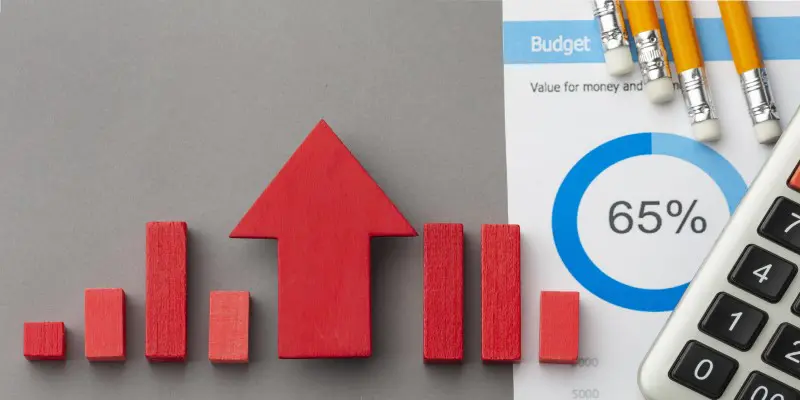In a landscape of variable interest rates and economic volatility, high-yield savings accounts have become increasingly attractive as a reliable avenue for growing one's savings. But what kind of return can you expect if you deposit $100,000 in such an account in 2024?
The potential returns are influenced by factors such as the bank's interest rate, how often interest is compounded, and the broader economic conditions. This article explores the possible earnings from investing $100,000 in a high-yield savings account over the course of a year, considering how these elements impact the current financial landscape.
Understanding High-Yield Savings Accounts
These accounts offer higher interest rates than standard savings accounts, which is appealing to individuals looking to maximize their returns while keeping their funds secure. The projected average interest rate for high-yield savings accounts in 2024 is between 4.00% and 5.00%, depending on the financial institution and the specific terms of the account. This rate is significantly higher than the rates for regular savings accounts, which usually hover between 0.01% and 0.05%.
The calculation of earnings in a high-yield savings account is based on the principle of compound interest. Unlike simple interest, which is calculated only on the initial amount, compound interest is calculated on the initial amount as well as on the accumulated interest. This means that each month's interest is added to your account balance, and the next month's interest is calculated on this new, higher balance. Over time, this compounding can significantly increase your earnings.
The Impact of Interest Rates
Interest rates play a crucial role in determining the earnings from a high-yield savings account. With interest rates expected to remain relatively stable in 2024, investors can look forward to steady returns. For instance, if you deposit $100,000 into a high-yield savings account with an annual interest rate of 4.50%, compounded monthly, you could potentially earn around $4,580 in interest for the year.
Here’s a detailed breakdown of the calculation:
Initial Deposit: $100,000
Yearly Interest Rate: 4.50%
Compounding Frequency: The interest is compounded monthly, which increases your account balance.
With these figures, the interest for the first month is approximately $375. As the interest compounds monthly, each subsequent month's interest is calculated on the updated balance, which includes the interest earned in previous months. By the end of the year, the total interest earned is around $4,580, which is slightly higher than what would be earned with simple interest.
Benefits and Drawbacks of High-Yield Savings Accounts
We will now examine the advantages and disadvantages of high-yield savings accounts in 2024 to help you decide if this is the right option for your financial objectives.
Pros
Higher Interest Rates: The main benefit of high-yield savings accounts is their higher interest rates, typically ranging from 4.00% to 5.00% in 2024. These rates are significantly higher than those of traditional savings accounts, allowing for faster accumulation of your funds.
Security and Safety: These accounts are generally insured by the FDIC up to $250,000, protecting your money even in the event of bank failure. This makes them one of the safest options for savings.
Accessibility: High-yield savings accounts provide easy access to your funds, allowing you to withdraw your money at any time without penalties. This feature is ideal for those who may need quick access to their savings, such as for emergencies.
Cons
Lower Returns Compared to Other Investments: While these accounts offer better returns than traditional savings accounts, they may not offer the same potential for growth as more aggressive investments like stocks or real estate. For substantial growth, a

 Top-rated Choice
Top-rated Choice